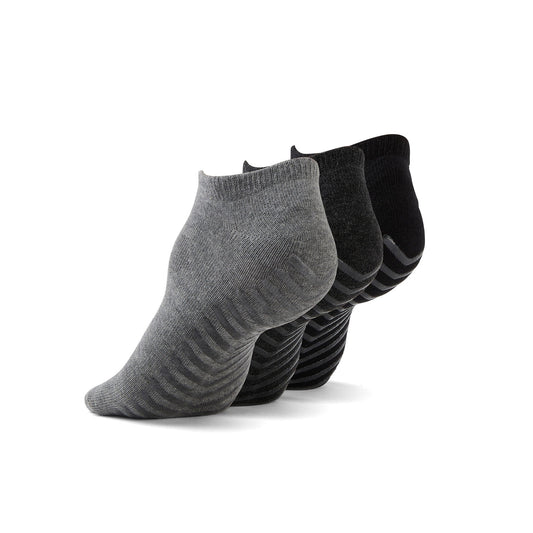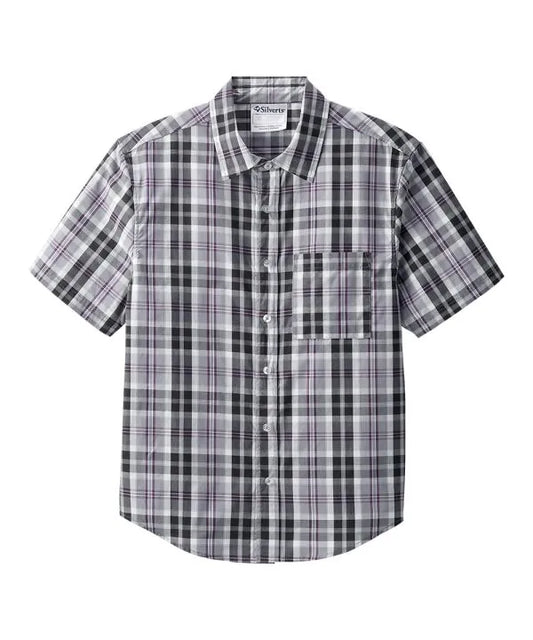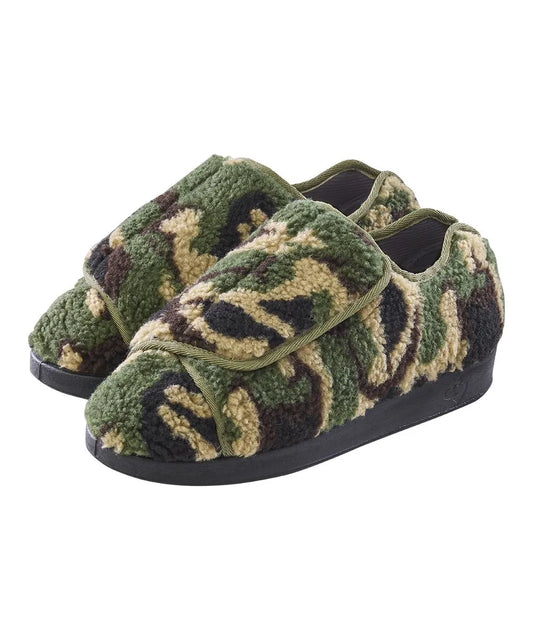Written by Alisa Matsushita-Bomba & Reviewed by Gurnoor Mand
As more and more people with physical disabilities strive to live independent lives, it's essential that we all take steps to make our spaces more accessible. There are a variety of ways to make your space more wheelchair accessible and more accommodating to physical disabilities.
Here are some of the best tips and strategies for creating an accessible space that can be enjoyed by everyone.
Clearing Pathways:
Making sure there is enough room to be able to accommodate wheelchairs is the first step to making a space more accessible. Something that is often missed is ensuring that doorways are wide enough for wheelchairs to fit through.
Lowering Countertops And Workspaces:
If you are in a wheelchair, high countertops are not useful. It can be difficult to reach items on high surfaces. By lowering such surfaces, you are able to create a workspace that is accessible to everyone.
Lowering Light Switches And Thermostats:
Light switches and thermostats are commonly located at a height that is inconvenient for wheelchair users. By lowering them to a height that can be easily reached from a wheelchair, users can control the temperature of their home and turn lights on and off without assistance.
Installing Motion-Activated Lighting:
Motion-activated lighting can be helpful for people with physical disabilities, as it can provide light without the need to reach for a switch. These lights can be installed in hallways, closets, and other areas where it is needed. Smart home lighting systems can also be useful as the switch to turn lights on and off is on your phone or other devices.
Accessible Storage Spaces:
Accessible storage solutions can make it easier for wheelchair users to reach items and maintain a tidy living space. Regular high cabinets are not easy to access. For example, installing pull-out shelves, lower cabinets, or drawers can make it easier to access items in cabinets. Using clear storage containers can also help make it easier to locate items.
Adding Handrails And Grab Bars:
These features are especially important in areas like bathrooms and sitting areas, where slips and falls can be dangerous. Wheelchair users can use the bars to help them get out and in their chairs comfortably. Good places to have rails and bars are stairs, the bathroom, and near the bed.
Using Non-Slip Flooring or Mats:
Slippery floors can be dangerous for anyone, but especially for wheelchair users who may have limited balance or mobility. By using non-slip flooring in areas such as the bathroom, users can reduce their risk of slipping and falling. Non-slip flooring options include rubber, vinyl, and textured tile. You can also buy mats that are non-slip.
Installing Ramps And Lifts:
With spaces that have a couple of stairs or small elevation that makes areas unable to access with a wheelchair, installing ramps can make it easier for people with physical disabilities to access different parts of a building or space, and can also make it easier to carry heavy items or equipment. Vertical platform lifts can be installed between floors. These lifts are similar to elevators, but they are designed to be more compact and require less space. They can be installed inside or outside a home and can provide wheelchair users with easy access to different levels. Ramps can be purchased for use outside and inside, with both expensive and more affordable options.
Automatic Doors:
These doors can be especially helpful for people with physical disabilities, as they allow for hands-free entry and exit. They can also be expensive to install in a home, but can be worth it for wheelchair users living alone.
Installing Hard Flooring:
Instead of carpet, install hardwood flooring to make it easier for wheelchair users to move around. Carpet is soft, which makes it difficult to turn the wheels in. Hard flooring is also easier to maintain.
Install A Roll-In Shower:
A roll-in shower has a low threshold that allows wheelchair users to roll in and out of the shower easily. This can be a great addition to your home for wheelchair users to shower independently. A built-in bench can also be installed to make showering more comfortable.
Incorporating these tips into your space can help make it more accessible and accommodating to physical disabilities. However, it's important to remember that there is no one-size-fits-all solution when it comes to accessibility. Different people have different needs and preferences, so it's important to be open to feedback and make adjustments as needed.
You can also make a change in your physical and social environment to help people with physical disabilities. These small changes can impact someone’s life positively and allow them to have a better quality of life. Making a space more accessible to physical disabilities is an important step in creating an inclusive and welcoming environment.
Understanding The Need For Accessible Parking And Leaving It For Those Who Need It:
Accessible parking spots are designated for individuals with disabilities and are typically located in areas that are close to building entrances. These spots are wider than regular parking spots and are marked with the international symbol of access. It's important for able-bodied individuals to understand the need for accessible parking and to leave these spots open for those who truly need them. People with disabilities may require accessible parking for a number of reasons, like mobility impairments that require the use of a wheelchair or other mobility device. Without accessible parking, individuals with disabilities may have difficulty accessing businesses or other public spaces, which can limit their independence.
Speaking Up When Negative Words or Phrases Are Used About Disability:
Negative words or phrases about disability can be hurtful and can perpetuate negative stereotypes. It's important for able-bodied individuals to speak up when they hear these types of comments, in order to promote a more inclusive and respectful society. Addressing comments made towards people with disabilities using negative language and offering education about the topic can help promote a more respectful dialogue.
Accepting People With Disabilities As Individuals Capable Of The Same Needs And Feelings As Yourself:
People with disabilities are individuals who are capable of the same needs and feelings as able-bodied individuals. It's important for able-bodied individuals to recognize this and to treat people with disabilities with the same respect and dignity that they would want for themselves.














